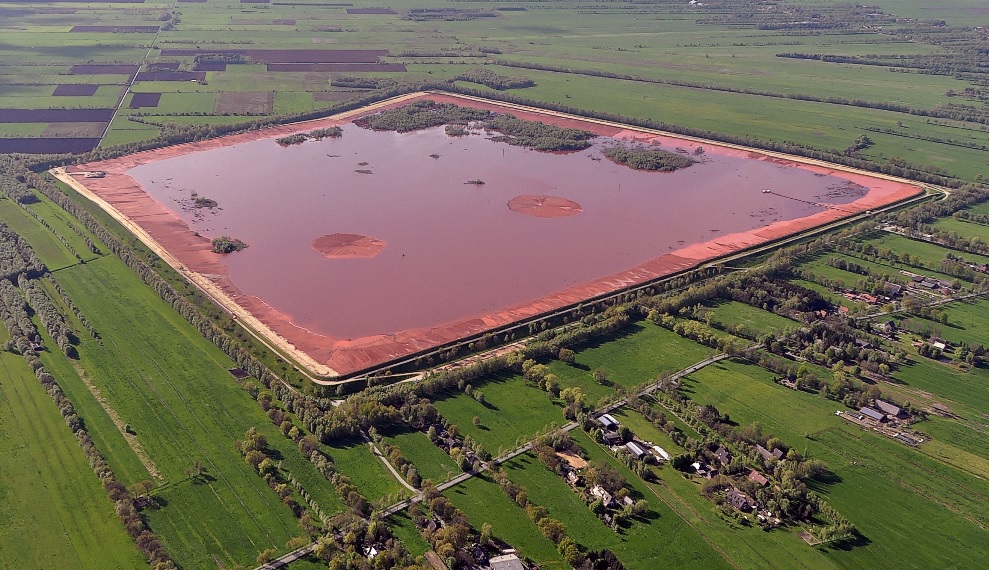German Researchers have released a new report Green steel from red mud through climate-neutral hydrogen plasma reduction demonstrating how a major waste by-product from aluminium production can be made safer and help make green steel
Steel production is one of the worst generators of CO2 emissions. A new process discovered by boffins in Germany shows how electricity can be used in the hazardous red mud generated when refining aluminium can be used to produce iron.
There’s a long way to go still but the process has caused ripples of interest around the world where an estimated 4 billion tonnes of red mud is stored.
This is not just an emissions problem, separating the metals we want from other minerals is often energy-intensive and often leaves behind large volumes of toxic waste. Getting them in a pure form can require a second and considerable energy input, increasing the associated carbon emissions.
Producing a tonne of steel generates almost two tonnes of CO2 – that is because most steel production involves burning fossil fuels to react carbon with the oxygen in iron ore, yielding iron but also carbon dioxide.
The team researchers from Germany has now figured out how to handle some of these problems for a specific class of mining waste created during aluminum production. Their method relies on hydrogen and electricity, which can both be sourced from renewable power and extracts iron and potentially other metals from the waste. What’s left behind may still be toxic but isn’t as environmentally damaging.
Isnaldi Souza Filho at the Max Planck Institute for Iron Research in Germany and his colleagues have come up with a way to tackle both problems. They have devised a method to extract iron from red mud by exposing it to a plasma of hydrogen and argon, and then using this iron to produce steel.
The first step in aluminum production is the isolation of aluminum oxide from the other materials in the ore. This leaves behind a material known as red mud; it’s estimated that nearly 200 million tonnes are produced annually.
While the red color comes from the iron oxides present, there are a lot of other materials in it, some of which can be toxic. The iron oxides can account for over half the weight of red mud in some locations, potentially making it a good source of iron.
Traditional methods have processed iron ores by reacting them with carbon, leading to the release of carbon dioxide. But there have been efforts made to develop “green steel” production in which this step is replaced by a reaction with hydrogen, leaving water as the primary byproduct. Since hydrogen can be made from water using renewable electricity, this has the potential to eliminate a lot of the carbon emissions associated with iron production.
The science appears to be straightforward and there’s much less red mud left to worry about after this. Depending on the source of the original aluminum-containing ore, some of this may include relatively high concentrations of valuable materials, such as rare earth minerals.
The negatives appear to be the remaining toxins are even more toxic – though there’s less of it.
And the process is very energy-intensive, both in producing the hydrogen required and running the arc furnace. The cost of that energy makes things economically challenging.
So, if the energy can come totally from renewable sources – and that’s the challenge – then the billions of tonnes of aluminium red mud around the world can be used to make greener steel, and a safer planet.
Read the full Green steel from red mud through climate-neutral hydrogen plasma reduction at www.researchgate.net





